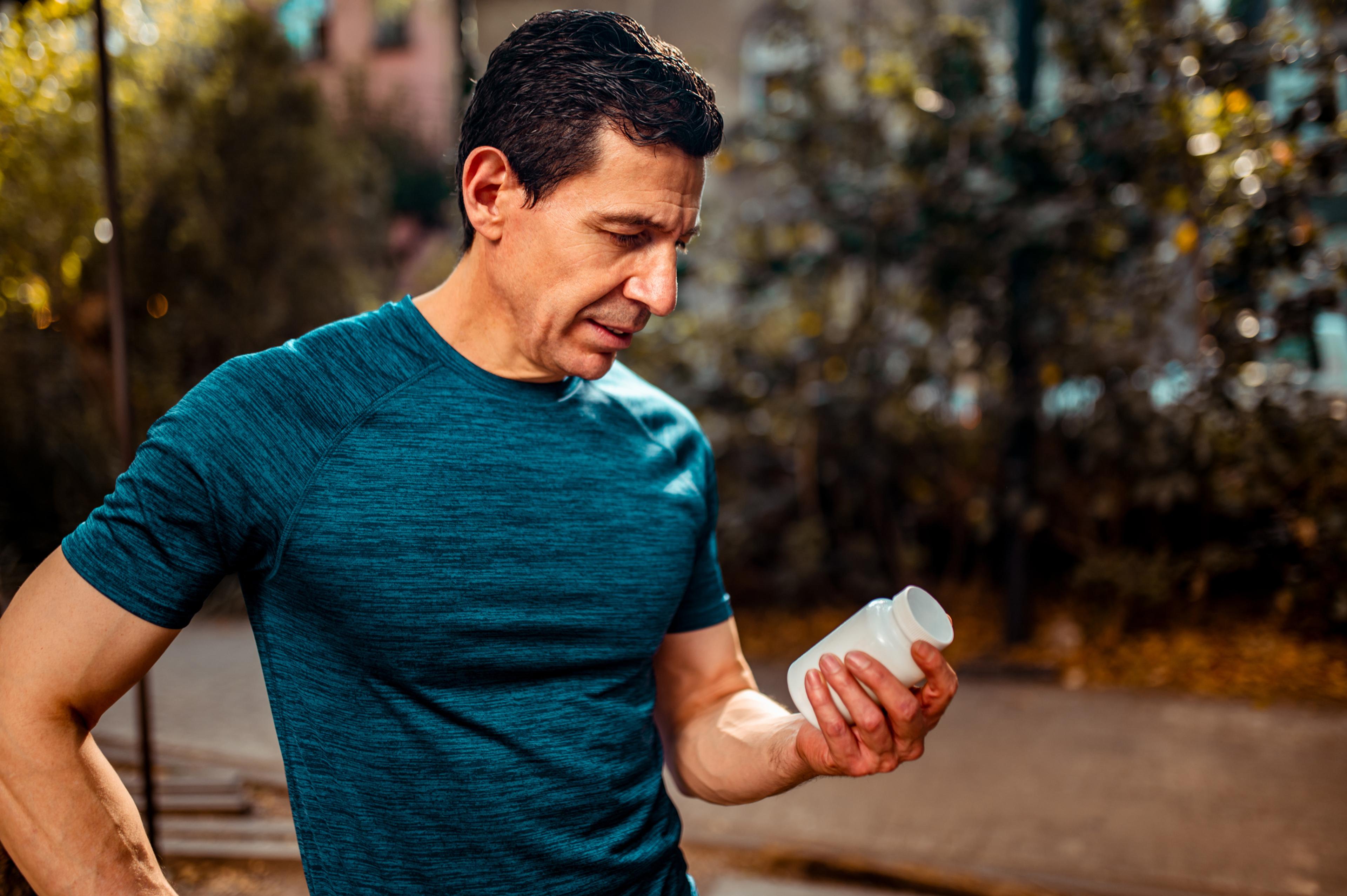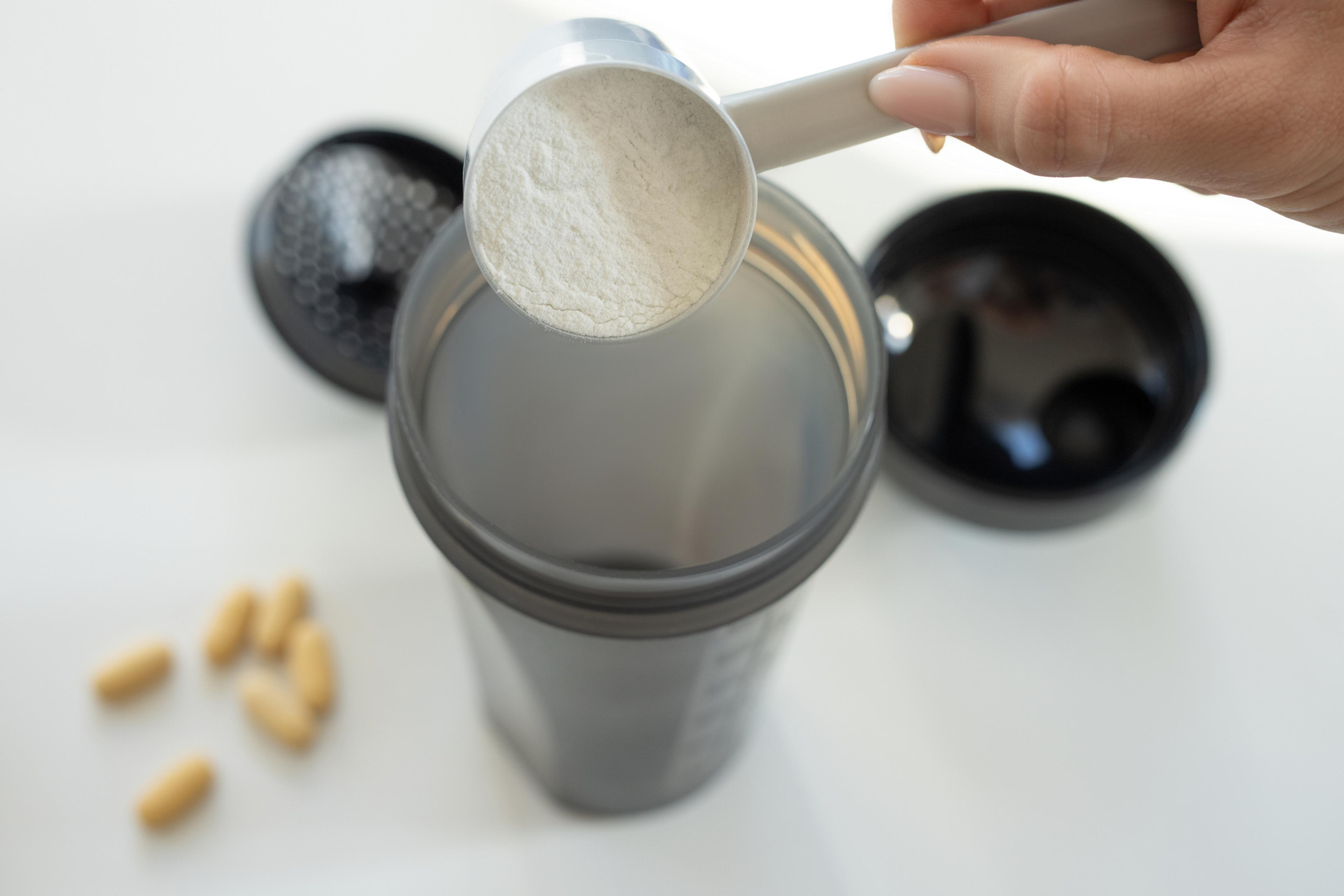Are you a runner? Watch out for this injury!
| 2 min read

While the most well-known running injuries are shin splints and pulled hamstrings, there’s another one that anyone who likes to run needs to know about. Runner’s knee, also known as Patellofemoral pain syndrome (PFPS), accounts for a whopping 20 percent of all running injuries. And runners aren’t the only ones at risk: PFPS can also affect cyclists, skiers and other athletes who engage in activities with repetitive knee bending.
The chief symptom of runner’s knee is a dull, aching pain behind or around the kneecap. At first, the pain is generally mild and only occurs during physical activity, but over time, it can become more intense and happen even when the knee is at rest. In some cases, the knee pain can also be accompanied by swelling and grinding or popping sensations.
Runner’s knee can be caused by several different factors, such as a misalignment of the kneecap, a tightness or weakness of the thigh muscles, flat feet and overstretched tendons. But even though there are so many potential causes, runner’s knee is avoidable. Protect yourself with these simple preventative measures:
- Avoid running on hard surfaces. Pounding away on concrete and asphalt creates extra stress on your knees, so run on grass, dirt or a synthetic track when you can.
- Stretch before and after you exercise. Keep your leg muscles strong and limber with warm-up and warm-down stretching routines. Be sure to incorporate face-down stretches (also known as prone stretches) in order to keep the supporting structures of your knees flexible.
- Wear quality running shoes. Buy a supportive pair of sneakers and be sure to replace them as soon as they lose their shape or the soles become worn. To ensure that you’re wearing the proper shoes for your foot and gait, visit a specialty running store to speak with an expert.
- Slowly increase your workout intensity. As a rule of thumb, keep mileage increases to less than 10 percent of your total miles per week in order to avoid injury.
- Stay in good shape. By maintaining a healthy weight, you can eliminate unnecessary baggage that your knees have to carry on a daily basis.
This blog post is part of #HealthyMe, a personalized web experience based on your health and wellness goals. To sign up today, visit https://www.ahealthiermichigan.org/healthyme.
Photo credit: Alain Limoges





